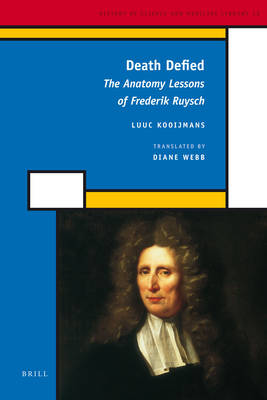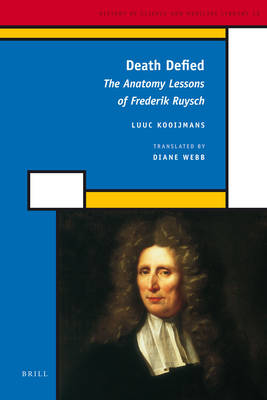
- Afhalen na 1 uur in een winkel met voorraad
- Gratis thuislevering in België vanaf € 30
- Ruim aanbod met 7 miljoen producten
- Afhalen na 1 uur in een winkel met voorraad
- Gratis thuislevering in België vanaf € 30
- Ruim aanbod met 7 miljoen producten
Zoeken
Omschrijving
From around 1650 until well into the nineteenth century, Frederik Ruysch enjoyed international fame as an anatomist. He owed his renown to a preparation method that greatly aided early-modern scientists in their exploration of the human body and transformed dissection from a messy business into a widely admired art. Ruysch's anatomical collection was one of Amsterdam's tourist attractions, for his embalmed bodies were astonishingly lifelike in appearance. The visitors who gazed with amazement at his preparations included the Russian tsar Peter the Great, who was so moved by the sight of an embalmed boy that he kneeled down to kiss him. The tsar later bought Ruysch's entire collection and had all the specimens shipped to St Petersburg, where they still attract visitors from all over the world.
Specificaties
Betrokkenen
- Auteur(s):
- Uitgeverij:
Inhoud
- Aantal bladzijden:
- 488
- Taal:
- Engels
- Reeks:
- Reeksnummer:
- nr. 18
Eigenschappen
- Productcode (EAN):
- 9789004187849
- Verschijningsdatum:
- 7/12/2010
- Uitvoering:
- Hardcover
- Formaat:
- Genaaid
- Afmetingen:
- 155 mm x 234 mm
- Gewicht:
- 907 g

Alleen bij Standaard Boekhandel
+ 552 punten op je klantenkaart van Standaard Boekhandel
Beoordelingen
We publiceren alleen reviews die voldoen aan de voorwaarden voor reviews. Bekijk onze voorwaarden voor reviews.








